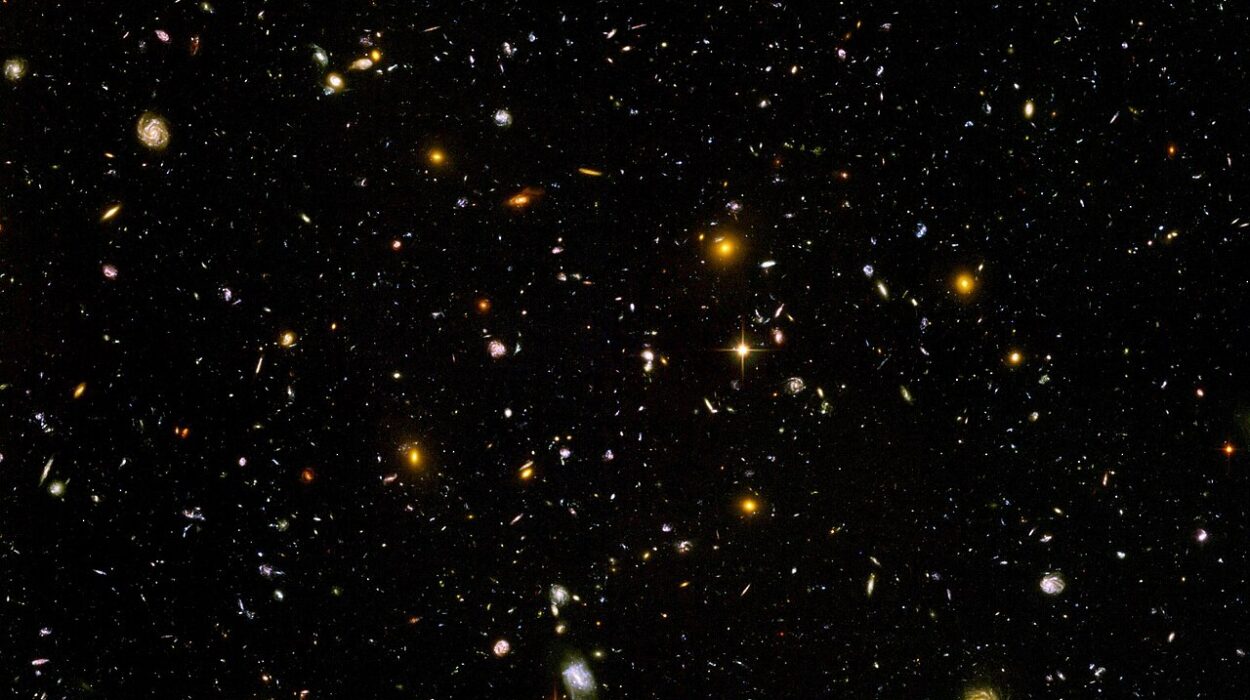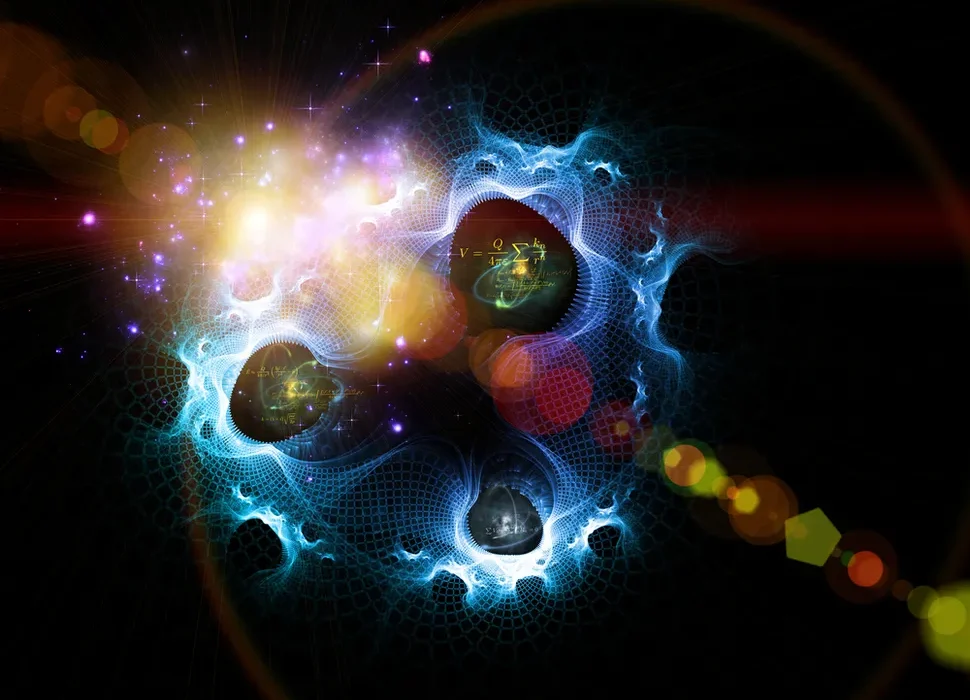Science has an extraordinary way of surprising us. Just when we think we understand how the world works, it reveals something so bizarre that it sounds like a joke—or even a lie. Yet these strange truths are backed by solid research, reminding us that reality is often stranger than fiction. From animals with almost superhuman abilities to cosmic phenomena that defy intuition, here are fifteen of the weirdest, most mind-bending scientific facts that are 100% true.
Each of these facts not only makes us laugh or gasp in disbelief but also deepens our sense of wonder about the universe and the life we share it with.
1. Bananas Are Berries, but Strawberries Are Not
When most of us think of berries, we picture strawberries, raspberries, and blackberries. Yet scientifically speaking, none of those are true berries. A “berry” in botanical terms must develop from a single ovary and contain seeds inside its fleshy body. By this definition, bananas, kiwis, grapes, and even tomatoes qualify as true berries.
Strawberries, on the other hand, are classified as “aggregate fruits” because they develop from multiple ovaries of a single flower. Each tiny seed on the outside of a strawberry is technically its own fruit. So the next time you’re enjoying a fruit salad, remember—you’ve probably been mislabeling your berries all along.
2. Sharks Existed Before Trees
Sharks are often called “living fossils,” and for good reason. They first appeared more than 400 million years ago, during the Devonian period. Trees, however, only began to spread widely around 350 million years ago. That means sharks were swimming in Earth’s oceans for at least 50 million years before forests even existed.
Even stranger, sharks have survived multiple mass extinctions, including the one that wiped out the dinosaurs. Their long evolutionary history makes them one of the most resilient lineages of animals on the planet.
3. Your Stomach Gets a New Lining Every Few Days
Your stomach contains powerful hydrochloric acid that is strong enough to dissolve metal. So why doesn’t it digest itself? The secret lies in its protective mucous lining. But because stomach acid is so corrosive, this lining doesn’t last long—it gets replaced every 3 to 4 days.
This constant renewal ensures that your stomach can handle the digestion of food without being destroyed in the process. It’s a delicate balance: without enough acid, food would not break down properly, but without a renewing lining, your stomach would literally eat itself alive.
4. Some Turtles Can Breathe Through Their Butts
It sounds like a joke, but it’s true: certain turtles can absorb oxygen through their rear ends. This adaptation, called cloacal respiration, allows turtles to survive in low-oxygen environments, especially during hibernation under frozen ponds in winter.
Instead of relying only on their lungs, these turtles have specialized sacs in their cloacas that can extract oxygen directly from water. It’s not glamorous, but it’s highly efficient for survival. So yes—some turtles quite literally “butt-breathe.”
5. Octopuses Have Three Hearts and Blue Blood
Octopuses are among the strangest and most intelligent creatures in the animal kingdom. They have three hearts—two that pump blood through the gills and one that pumps it to the rest of the body. Even more bizarre, their blood is blue, not red.
This is because octopuses use a copper-based molecule called hemocyanin to transport oxygen, whereas humans and many animals use iron-based hemoglobin. Hemocyanin is better at carrying oxygen in cold, low-oxygen environments—perfect for the octopus’s underwater lifestyle.
Interestingly, when an octopus swims, the heart that pumps blood to the body actually stops beating. This may be one reason octopuses prefer crawling rather than swimming—it’s less stressful on their circulatory system.
6. A Day on Venus Is Longer Than a Year on Venus
Time on Venus works in a way that seems almost impossible. Venus rotates so slowly on its axis that a single day there (one full rotation) lasts about 243 Earth days. But Venus orbits the Sun faster than that, completing one revolution in about 225 Earth days.
This means that a Venusian day is actually longer than its year. To make things even stranger, Venus rotates backward compared to most planets, meaning the Sun would appear to rise in the west and set in the east.
7. Water Can Boil and Freeze at the Same Time
This mind-bending phenomenon is called the triple point of water. It occurs when temperature and pressure are at exactly the right balance for all three phases of water—solid, liquid, and gas—to exist simultaneously.
In lab conditions, scientists can create this state, and the result looks surreal: water bubbling as it boils while ice forms at the same time. While rare in everyday life, the triple point is crucial in physics and helps define the Kelvin temperature scale.
8. Sloths Can Hold Their Breath Longer Than Dolphins
Sloths may seem slow and lazy, but they have a surprising superpower: they can slow their heart rates dramatically, allowing them to hold their breath for up to 40 minutes.
Dolphins, in comparison, can usually hold their breath for about 10 minutes before surfacing. Sloths achieve this feat by slowing their heartbeat to one-third its normal rate, conserving oxygen and energy. This ability likely evolved to help them avoid predators while submerged in water or hiding motionless in trees.
9. Wombat Poop Is Cube-Shaped
Of all the weird animal facts, this one might take the cake. Wombats, marsupials native to Australia, produce poop that is naturally cube-shaped. Unlike most animals, their intestines have regions of varying elasticity, which shape the feces into cubes before they exit the body.
Why cubes? Scientists believe this shape helps wombats mark their territory more effectively. Cube-shaped droppings don’t roll away, making them perfect for leaving messages on rocks and logs. It’s one of the strangest examples of nature solving a problem in its own unique way.
10. Your Body Has More Bacterial Cells Than Human Cells
The human body is not purely human. In fact, you are a walking ecosystem. For every human cell in your body, there are roughly 1.3 bacterial cells. Collectively, these microbes—known as the human microbiome—outnumber your own DNA by a staggering amount.
Far from being harmful, most of these bacteria are essential for survival. They help digest food, produce vitamins, regulate the immune system, and even influence mood and behavior. You are, in essence, part human and part microbial superorganism.
11. There’s Enough DNA in Your Body to Stretch to the Sun and Back
DNA may be microscopic, but when stretched out, it is unimaginably long. Each human cell contains about 2 meters of DNA. Multiply that by the 37 trillion cells in the body, and you get about 74 trillion meters of DNA.
That’s long enough to reach from Earth to the Sun and back—about 330 times! It’s mind-blowing to think that so much genetic information is compacted into tiny nuclei, coiled neatly into chromosomes.
12. There Are More Stars in the Universe Than Grains of Sand on Earth
Look at a beach and try to imagine every single grain of sand. Now imagine every beach, every desert, every dune on Earth. Astronomers estimate that there are more stars in the observable universe than there are grains of sand on our planet.
The Milky Way alone contains over 100 billion stars, and there are over 2 trillion galaxies in the observable universe. This staggering number highlights both the immensity of the cosmos and the possibility that countless planets—perhaps even habitable ones—exist out there.
13. Tardigrades Can Survive in Space
Tardigrades, also known as “water bears,” are microscopic creatures with nearly indestructible survival skills. They can endure extreme heat, freezing cold, crushing pressure, radiation, and even the vacuum of space.
In 2007, tardigrades were exposed to the vacuum and radiation of outer space during a European Space Agency experiment—and many of them survived. They achieve this by entering a state called cryptobiosis, in which they essentially dry out, halting all biological activity until conditions improve.
These tiny creatures remind us that life can be far tougher and more adaptable than we ever imagined.
14. Some Atoms in Your Body Are Older Than the Sun
The elements in your body—carbon, oxygen, iron, calcium—were forged in the hearts of ancient stars that exploded billions of years ago. When stars die in supernovae, they scatter these elements across the cosmos, where they eventually form new stars, planets, and life.
This means that the atoms in your body are truly ancient, some older than our own solar system. In a poetic sense, you are made of stardust—a phrase that is not just metaphorical, but scientifically accurate.
15. Lightning Strikes the Earth About 8 Million Times a Day
Lightning may feel rare when you witness it, but it is happening constantly around the globe. On average, the Earth is struck by lightning about 100 times every second—which adds up to over 8 million strikes per day.
Each bolt can be hotter than the surface of the Sun, reaching temperatures of 30,000 Kelvin (about 53,000°F). Lightning also plays a key role in Earth’s chemistry, helping to fix nitrogen in the atmosphere and fertilize ecosystems.
So the next time you see a storm, remember—it’s just one flash among millions that happen every single day.
Conclusion
These fifteen weird science facts remind us that the world is far stranger, funnier, and more incredible than it seems at first glance. From butt-breathing turtles to cube-shaped wombat poop, from stardust in your body to the universe overflowing with stars, reality often defies our expectations.
What may sound fake at first is often a gateway into deeper truths about life, the Earth, and the cosmos. And perhaps that’s the greatest lesson of all: science doesn’t just explain the world—it makes it endlessly fascinating.






